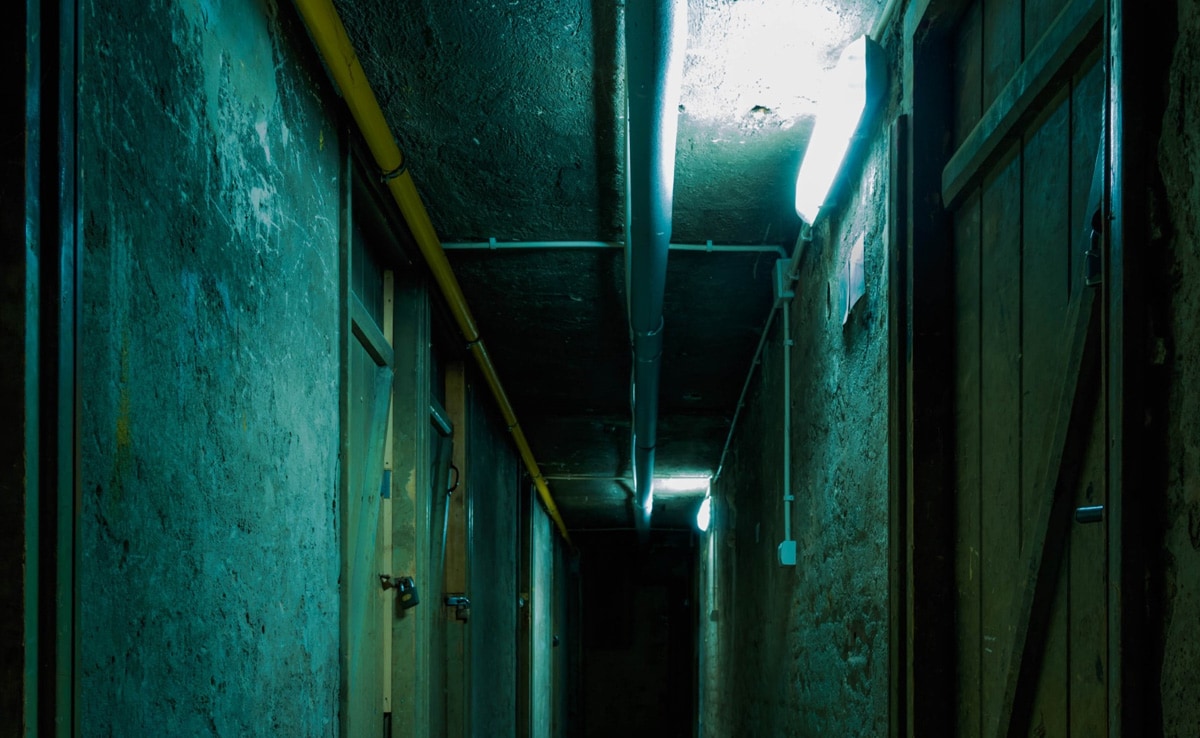
A recently discovered site near Anda in Heilongjiang province, northeast China, has revealed a chilling World War II bunker where Japanese scientists conducted horrifying human experiments. The bunker is believed to have been utilized by Unit 731, a notorious division of the Japanese Imperial Army known for conducting brutal germ warfare experiments from 1935 to 1945.
According to historical records, the experiments conducted at the Anda site involved infecting prisoners with deadly diseases and testing new biological weapons. Some of the most gruesome studies were carried out in underground bunkers designed to confine and control the spread of infectious agents.
The significance of this discovery extends beyond its historical context. The researchers from the Heilongjiang Provincial Institute of Cultural Relics and Archaeology emphasized that it sheds light on the ongoing legacy of Unit 731’s atrocities and their impact on global efforts to prevent biological warfare.
Constructed in 1941, the Anda special test field served as Unit 731’s largest and most extensively equipped testing facility. The Bacteriological Warfare Department, overseeing the site, conducted the majority of its experiments on humans confined in specialized prisons.
In a related development, in 2018, the identities of 3,607 individuals who were associated with Japan’s infamous Unit 731 during World War II were disclosed in response to a request made by Professor Katsuo Nishiyama from Shiga University of Medical Science. This revelation further underscores the historical significance and implications of the recently unearthed horror bunker.

Post Your Comments